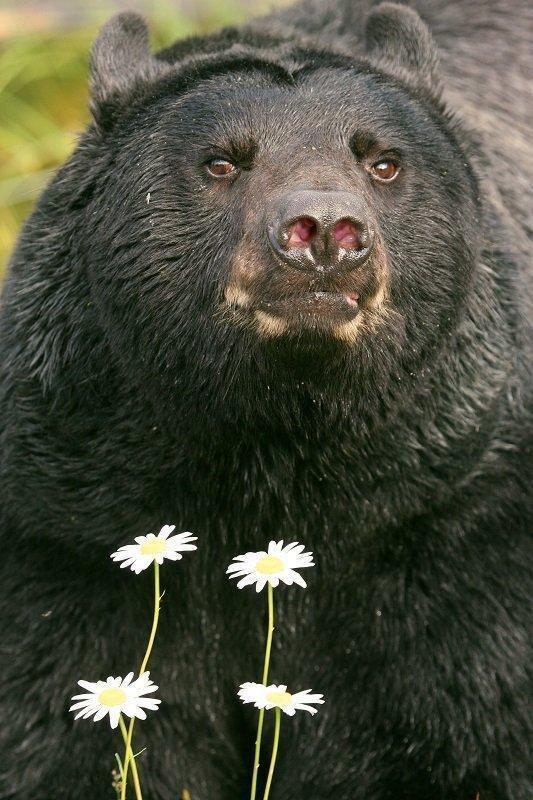DWR Press Release
DWR recommends bear hunting rules for 2017
Healthy black bear populations and a need to protect livestock might lead to more hunting opportunities in southeastern Utah next year. Biologists with the Division of Wildlife Resources are recommending a slight increase in the number of bear hunting permits offered for that part of the state.
For the rest of Utah, the number of permits biologists are recommending is similar to 2016.
You can see all of the biologists’ recommendations at www.wildlife.utah.gov/public_meetings.
Learn more, share your ideas
After you’ve reviewed the ideas at www.wildlife.utah.gov/public_meetings, you can let your Regional Advisory Council members know your thoughts by attending your upcoming RAC meeting or by sending an email to them.
RAC chairmen will share the input they receive with members of the Utah Wildlife Board. The board will meet in Salt Lake City on Jan. 3, 2017 to approve rules for Utah’s 2017 black bear hunting season.
Dates, times and locations for the RAC meetings are as follows:
Central Region
Dec. 6
6:30 p.m.
Springville Civic Center
110 S. Main St.
Springville
Northern Region
Dec. 7
6 p.m.
Brigham City Community Center
24 N. 300 W.
Brigham City
Southern Region
Dec. 13
5 p.m.
Sevier School District Office
180 E. 600 N.
Richfield
Southeastern Region
Dec. 14
6:30 p.m.
John Wesley Powell Museum
1765 E. Main St.
Green River
Northeastern Region
Dec. 15
6:30 p.m.
DWR Northeastern Region Office
318 N. Vernal Ave.
Vernal
You can also provide your comments to your RAC via email. Email addresses for your RAC members are available at www.wildlife.utah.gov/dwr/rac-members.html.
The group each RAC member represents (sportsman, non-consumptive, etc.) is listed under each person’s email address. You should direct your email to the people on the RAC who represent your interest.
Bears doing well
Utah has a healthy, robust population of black bears, says Rusty Robinson, wildlife biologist with the DWR. “Over the past three years,” he says, “the state’s bear population has grown by about 4 percent each year.”
Robinson says bears are doing especially well in southeastern Utah. And that’s the area where biologists would like to give more hunters a chance to hunt in 2017.
Robinson says population indicators in the Utah Black Bear Management Plan help biologists recommend permit numbers. The indicators measure how the bear population is doing and whether the number of hunting permits should be increased, decreased or remain the same. The indicators also help ensure Utah’s bear population stays healthy by keeping plenty of female bears in the population. You can review the plan at www.wildlife.utah.gov/bear/pdf/2011_bear_plan.pdf.
“A few years ago, we began implementing new strategies to manage bears,” Robinson says. “We feel those strategies are working: bear populations are being kept within the sideboards of Utah’s bear management plan, and we’re seeing fewer conflicts between bears and people.”
In addition to giving more hunters a chance to hunt bears, Robinson says providing more permits should help reduce the number of bears that are preying on cattle and sheep.
Recommendations
For the 2017 season, biologists are recommending 46 additional permits to hunt on limited-entry units in Utah. Almost all of the additional permits are for areas in southeastern Utah where the number of bears is growing rapidly or where bears are coming into conflict with livestock.
Robinson points out that adding 46 permits does not mean 46 additional bears will be taken.
“About 46 percent of the hunters with limited-entry permits end up taking a bear,” he says. “Based on the past success rate, adding 46 permits would likely result in about 22 additional bears being taken.”


